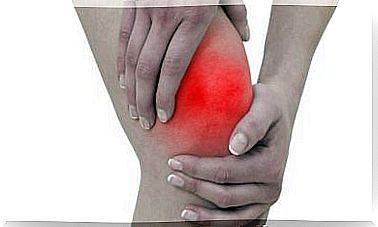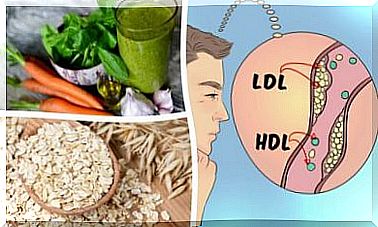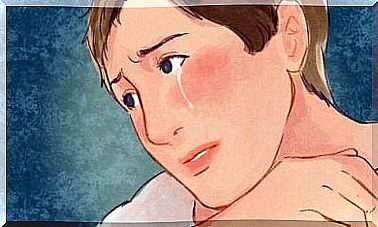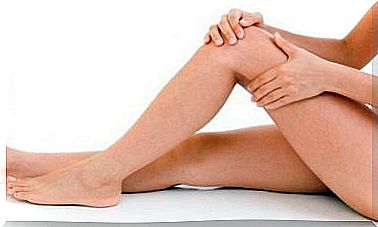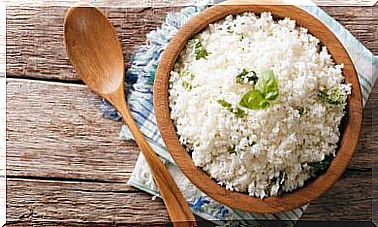What Do You Know About Postpartum Alopecia?
The causes of postpartum alopecia lie in the hormonal changes that occur during this phase. Learn more.
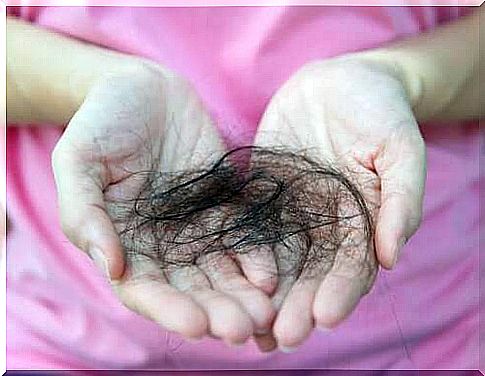
Postpartum alopecia is a temporary hair loss that occurs in most women after giving birth. It appears two or three months after the baby is born. This is not related to the mother’s way of breastfeeding.
Causes of Postpartum Alopecia

The cause of this type of hair loss lies in the changes and temporary hormonal processes that occur in the postpartum phase. However, other factors also play a role:
- Stress: During this time, the mother may feel pressured or stressed by the new situation in her life.
- Iron level: A drop in iron level occurs in a high percentage of women after giving birth and also has an impact on hair loss.
The life cycle of hair
In order to understand the development of postpartum alopecia, it is good to know the biological cycle of hair. Each hair follicle has the ability to go through 20 to 25 cycles. These cycles consist of 3 phases, as can be seen from this information from El farmacéutico: profesión y cultura:
- Anagen phase: Describes the growth phase and lasts between 2 and 6 years.
- Catagenic phase: In this phase hair growth stops. It lasts between 2 and 3 weeks.
- Telogen phase: This is the phase in which the hair falls out. This process takes about 3 months. Then the anagen phase begins again in the same follicle.
Usually 90% of the hair is in the growth phase while the other 10% is in the loss phase. But during pregnancy, the estrogen and thyroid hormones keep the hair in the anagen phase. This is why many pregnant women find that their hair is healthier and fuller.
Postpartum alopecia
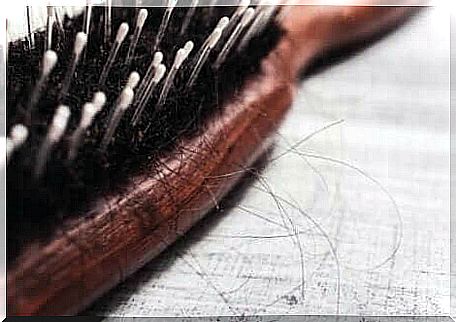
After the birth, the hormone level changes in such a way that all hair that has grown suddenly goes into the loss phase. Therefore, postpartum alopecia occurs in mothers two to three months after delivery.
If a woman loses between 50 and 100 hairs per day in the pre-pregnancy phase, it can triple in the postpartum phase, up to 500 hairs per day.
The duration of postpartum alopecia is usually 4 to 6 months. The restoration of hair volume also takes several months and also varies from case to case.
Anemia and postpartum alopecia
Iron deficiency anemia, or iron deficiency, is very common in women in the postpartum period. This is due to the significant loss of blood during labor and after delivery, as illustrated by this study published in the Revista Peruana de Ginecología y Obstetricia.
The iron deficiency leads to a decrease in hemoglobin, so that the required amount of oxygen cannot be transported to the tissues. Because of this, in the long run, the hair roots are not well nourished and weakened, which encourages the occurrence of postpartum alopecia.
Likewise, factors such as the following can contribute to weakening the hair roots and thus to postpartum alopecia:
- fatigue
- lack of sleep
- Changed eating habits
- Stress from new commitments and taking care of the baby
Prevention and treatment of postpartum alopecia

Adequate hygiene and good hair care are necessary to prevent and relieve symptoms of postpartum alopecia.
Use of products
Mothers should comb their hair gently and use shampoos and hair care products specifically designed for postpartum alopecia. Also, it’s best to avoid hair dryers, straighteners, rough brushes, and other harsh treatment methods.
nutrition
As far as nutrition is concerned, the supply of all essential vitamins, trace elements and amino acids must be ensured. Particular attention should be paid to those that are related to hair health, such as sulfur-containing amino acids, L-cysteine and L-methionine. This is confirmed by a study published in the Revista Chilena Dermatológica.
These amino acids are involved in the transport of iron and zinc to the scalp. Zinc is important for the formation of keratin, the most important protein in hair.
The B group vitamins (including biotin, which regulates sebum secretion) and selenium (an antioxidant) also play an important role in maintaining good hair health.
Millet extract, which is rich in vitamins, essential fatty acids, and minerals, could help stop hair loss while stimulating hair growth. This emerges from this study published in Comprehensive Reviews in Food Science and Food Safety.
We hope that this information will be helpful to you at the appropriate time. However, when in doubt, it is always best to seek advice from a doctor.


